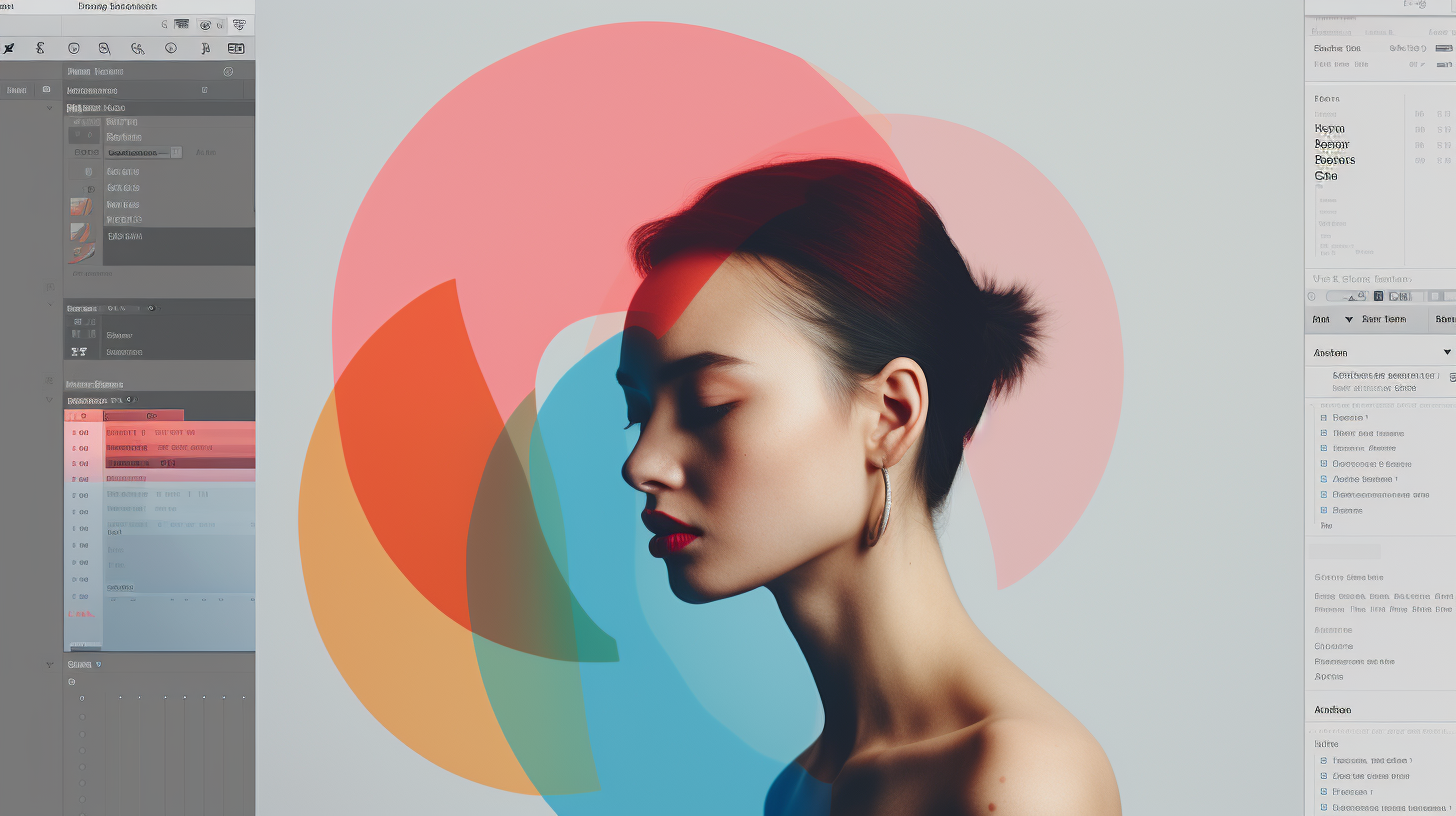Discover how AI is transforming photography and reshaping our creative approach to visual arts. Dive into the future of imaging today.


Discover how AI is transforming photography and reshaping our creative approach to visual arts. Dive into the future of imaging today.
Master your Sony Mirrorless Camera with our tips & techniques. For camera enthusiasts seeking to improve their photography skills.
Discover the art of photo editing. Uncover tactics to enhance your visual storytelling through professional photo editing techniques.
Explore how AI advancements are shaping the future of image editing, delivering professional results effortlessly. Stay ahead with technology.
Explore how AI is revolutionizing image editing, impacting the future of photography. Witness the evolution of photo manipulation techniques.
Enhance your portrait photography skills with our expert tips and techniques. Learn to capture stunning shots that leave a lasting impression.
Join our community of photography enthusiasts and receive the latest tips, tutorials, and gear reviews directly in your inbox. Elevate your photography skills with expert insights and creative inspiration from Wim Arys.